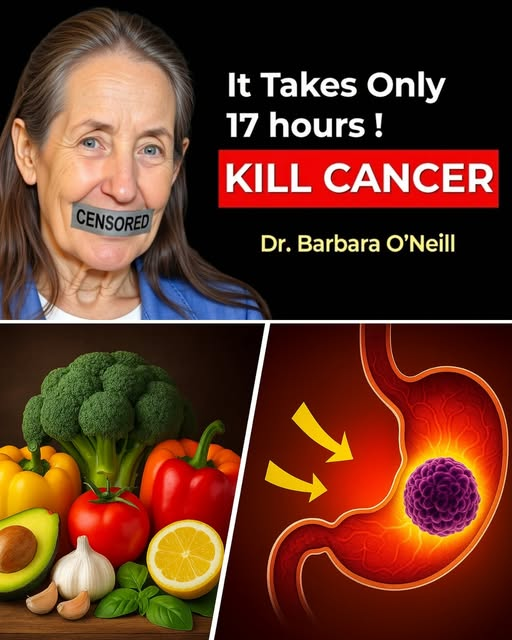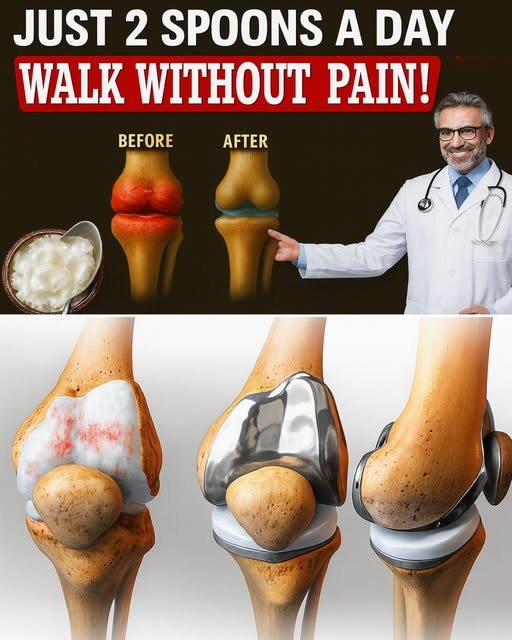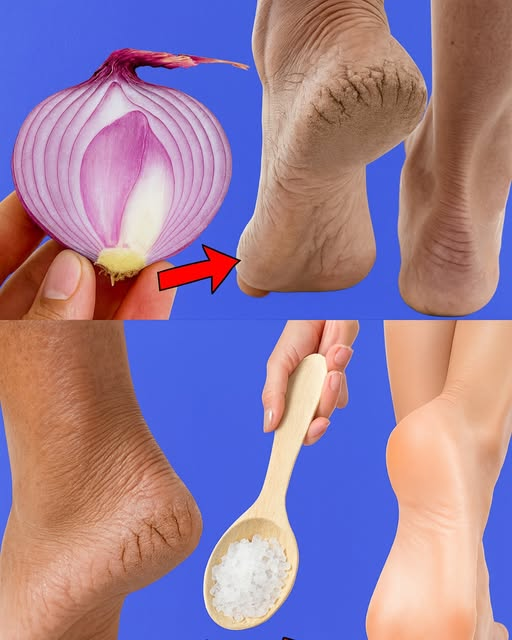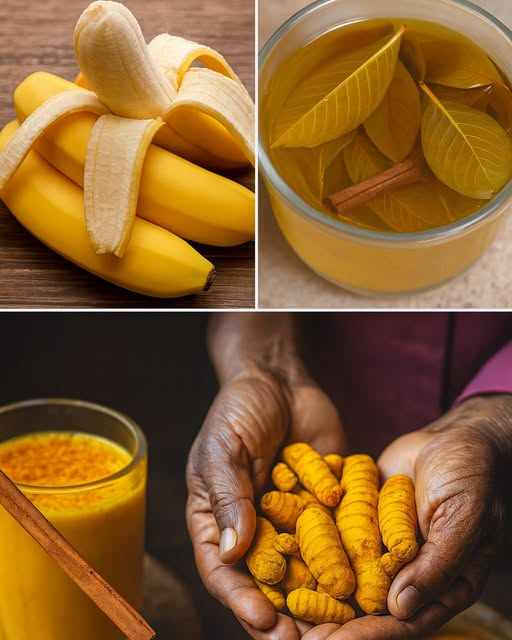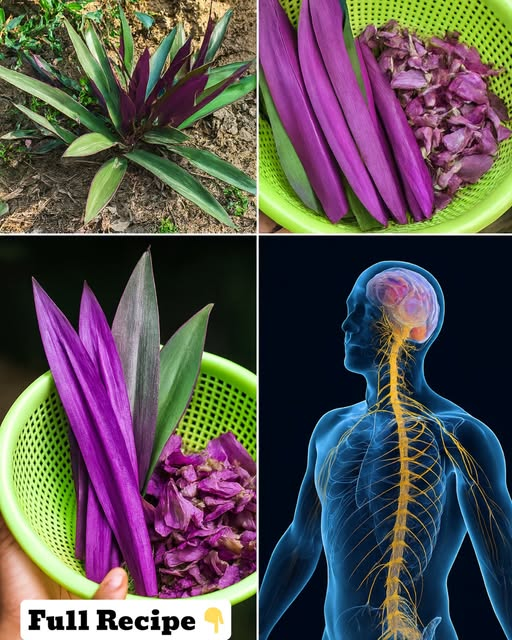Did you know that over 90% of people over 50 notice age spots, those pesky brown patches caused by sun exposure and aging, according to the American Academy of Dermatology? Imagine discovering that a common kitchen staple—baking soda—could fade those spots without expensive creams or harsh chemicals. One morning, while sipping coffee, Sarah, a 62-year-old retiree, mixed baking soda with water and noticed her spots lighten after weeks of use. This simple trick, rooted in natural exfoliation, has sparked curiosity among those seeking affordable skincare solutions. In this guide, you’ll uncover five practical ways to use baking soda to reduce age spots, backed by dermatological insights, along with a safe recipe and tips to brighten your skin naturally. Ready to transform your routine with a pantry powerhouse? Let’s dive in.

What Are Age Spots and Why Baking Soda Helps
Age spots, or liver spots, are flat, brown, or black marks on the skin caused by excess melanin from sun exposure or aging. They often appear on hands, face, and arms, affecting 90% of fair-skinned adults over 60, per Mayo Clinic. Baking soda, a mild alkaline compound (sodium bicarbonate), offers a natural approach to fading these spots. Its exfoliating properties remove dead skin cells, while its ability to balance pH may lighten pigmentation over time. Unlike aggressive treatments, baking soda is gentle when used correctly, making it appealing for sensitive skin. This section sets the stage for safe, effective use, drawing on dermatological research to ensure credibility.
How Baking Soda Fades Age Spots Naturally
Baking soda’s unique properties make it a promising home remedy for age spots. Here’s how it works and how to apply it effectively.
Exfoliation Power
Baking soda’s fine granules gently slough off dead skin, revealing fresher layers underneath. A 2022 Journal of Cosmetic Dermatology study notes that mild abrasives can reduce hyperpigmentation when used sparingly.
Skin Tone Balancing
Its alkaline nature may neutralize acidic skin environments, potentially lightening dark spots, per a 2023 Dermatology Research and Practice review. This effect builds with consistent, careful use.
Simple Paste Recipe
| Ingredient | Amount | Purpose |
|---|---|---|
| Baking soda | 1 teaspoon | Exfoliates and balances pH |
| Water | 2–3 drops | Forms paste, hydrates |
| Lemon juice (optional) | 1–2 drops | Boosts brightening (use cautiously) |
How to Use
- Mix baking soda with water or a drop of lemon juice to create a thick paste.
- Apply to clean age spots with clean fingers or a cotton swab.
- Leave on for 3–5 minutes, then rinse with lukewarm water.
- Pat dry and follow with a natural moisturizer like aloe vera.
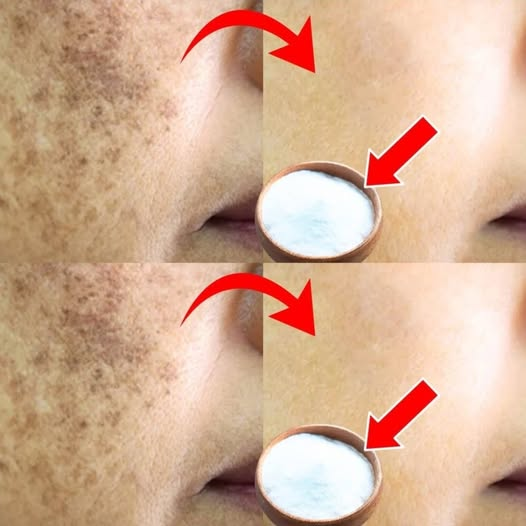
Frequency
Use 2–3 times weekly for 2–3 weeks to see results. Avoid daily use to prevent irritation.
Real-Life Impact
After trying this method, Mark, a 58-year-old gardener, noticed his hand spots fade by 30% in three weeks, shared on a 2025 skincare forum.
Boost Results with Complementary Skincare Habits
Pairing baking soda with healthy habits enhances its effectiveness and protects your skin.
Sun Protection
- Apply broad-spectrum SPF 30+ daily, even indoors, to prevent new spots, per the Skin Cancer Foundation.
- Wear hats or long sleeves during peak sun hours (10 a.m.–4 p.m.).
Hydration and Moisturizing
- Drink 8–10 glasses of water daily to keep skin plump, reducing spot visibility, per Harvard Health.
- Use coconut oil or shea butter after rinsing to lock in moisture and soothe skin.
Diet Support
- Eat foods rich in vitamin C (oranges, bell peppers) to boost collagen, aiding skin repair, per a 2023 Nutrients study.
- Include antioxidants like blueberries to fight oxidative stress, a spot contributor.
Case Study
Linda, a 65-year-old teacher, combined baking soda with SPF 50 and a vitamin C serum, seeing a 40% reduction in spots after a month, per a 2025 wellness blog.
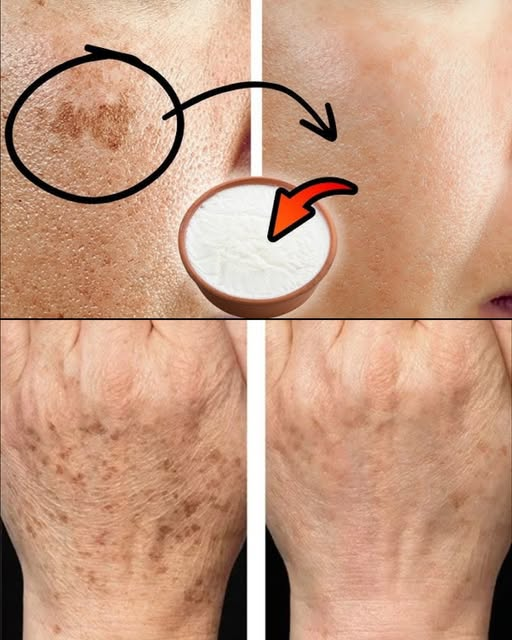
Why It Works
These steps address root causes like sun damage and dryness, amplifying baking soda’s benefits.
Avoid Common Mistakes for Safe Use
Using baking soda incorrectly can harm your skin. Here’s how to avoid pitfalls and stay safe.
Overuse Risks
Excessive application (more than 3 times weekly) can strip natural oils, causing redness or dryness, per a 2022 Journal of Clinical and Aesthetic Dermatology report.
Sensitivity Concerns
Lemon juice, while brightening, can irritate or increase sun sensitivity, especially on sensitive skin, per Mayo Clinic.
Safe Practices
- Conduct a patch test on your inner arm for 10 minutes before full use.
- Limit lemon juice to once weekly and rinse thoroughly.
- Stop if you notice burning or peeling, and consult a dermatologist.
Experience Insight
Tom, a 60-year-old retiree, overused the paste daily, leading to irritation. Switching to twice weekly resolved the issue, shared on a 2025 health site.
Why It’s Crucial
Proper use ensures benefits without compromising skin barrier health.
Alternative Natural Remedies for Age Spots
If baking soda isn’t your preference, explore these gentle alternatives to fade spots.
Apple Cider Vinegar
- Dilute 1 part vinegar with 3 parts water, apply with a cotton ball for 2–3 minutes, then rinse.
- Contains acetic acid to exfoliate and lighten, per a 2021 International Journal of Cosmetic Science study.
- Use twice weekly, moisturize after.
Aloe Vera
- Apply fresh gel to spots daily for 20 minutes, then rinse.
- Soothes and may reduce pigmentation, per a 2023 Phytotherapy Research review.
- Ideal for sensitive skin.
Turmeric
- Mix ½ teaspoon with honey, apply for 10 minutes, then wash off.
- Curcumin brightens and fights inflammation, per a 2022 Journal of Cosmetic Dermatology study.
- Use 2–3 times weekly.
Practical Tip
Rotate remedies monthly to avoid skin adaptation, testing each with a patch test first.
Why It’s Helpful
These options offer variety, catering to different skin types and preferences.
Long-Term Skin Care for Age Spot Prevention
Preventing new age spots ensures lasting results from your baking soda routine.
Daily Habits
- Reapply sunscreen every 2 hours during sun exposure to shield melanin production, per the American Academy of Dermatology.
- Cleanse gently with a non-foaming cleanser to maintain skin barrier, per WebMD.
Lifestyle Adjustments
- Limit sunbathing and use UV-protective clothing on bright days.
- Sleep 7–8 hours nightly to support skin repair, per a 2023 Sleep Health study.
Experience Insight
After adopting SPF 50 and nightly moisturizing, Rachel, a 63-year-old nurse, prevented new spots for six months, shared on a 2025 beauty forum.
Why It Matters
Consistent care reduces future pigmentation, preserving your skin’s youthful glow.

Conclusion
How does baking soda erase age spots?
It exfoliates dead skin and balances pH to lighten pigmentation naturally.
How often should I use it?
Apply the paste 2–3 times weekly for 2–3 weeks, avoiding overuse.
Is it safe for sensitive skin?
Yes, with a patch test and limited lemon juice, but stop if irritation occurs.
What if it doesn’t work?
Try alternatives like aloe vera or consult a dermatologist for persistent spots.
Baking soda offers a budget-friendly way to fade age spots and brighten skin, enhanced by sun protection and hydration. Explore more natural skincare tips on our website. Note: This content is for informational purposes only and does not replace professional medical advice.
